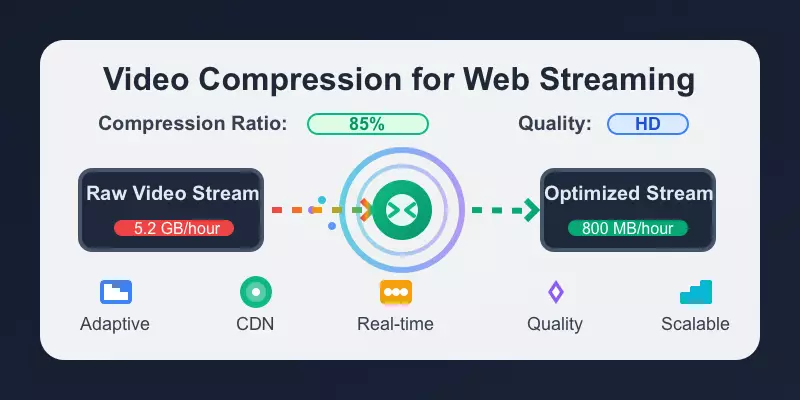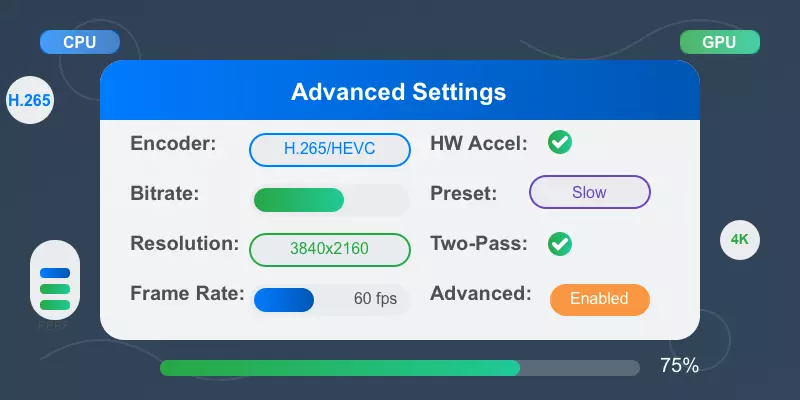VP9 Video Codec
Articles, guides, and resources about the VP9 video codec, an open-source compression technology developed by Google for efficient web video delivery and streaming.
Articles Tagged with "VP9"
Understanding Video Codecs: H.264 vs. H.265 vs. AV1
Compare the most popular video codecs including VP9. Learn about Google's VP9 codec, its compression efficiency, and how it compares to H.264, H.265, and AV1.
Read MoreVideo Compression for Web Streaming
Optimize your videos for web streaming with advanced compression techniques. Learn about VP9's advantages for web delivery and its integration with WebM containers.
Read MoreAdvanced Video Conversion Techniques
Master professional video conversion settings including VP9 encoding parameters. Learn about open-source codec optimization and quality tuning.
Read MoreLearn More About VP9
About VP9 Video Codec
VP9 is an open-source video codec developed by Google as the successor to VP8. Released in 2013, VP9 offers significant improvements in compression efficiency, delivering up to 50% better compression than H.264 while maintaining similar video quality. As part of the WebM project, VP9 is royalty-free and designed specifically for web streaming applications.
Key Advantages
- Royalty-free: No licensing fees required
- Excellent compression: 50% better than H.264
- Web-optimized: Native browser support
- 4K/8K ready: Handles ultra-high resolutions
- HDR support: 10-bit color depth capability
Common Use Cases
- YouTube streaming: Primary codec for 4K content
- WebRTC applications: Real-time video calls
- OTT platforms: Netflix, Amazon Prime Video
- Live streaming: Twitch, Facebook Live
- Web browsers: Chrome, Firefox, Edge support


